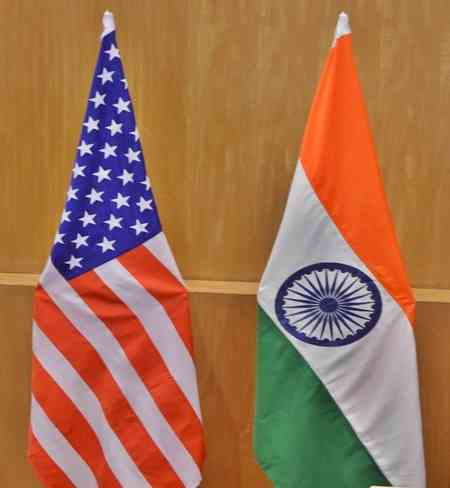Amid rising prices, monetary policy may keep inflation expectations firmly anchored: RBI Bulletin
With inflation remaining beyond the RBI's tolerance level of 6 per cent for the past eight months, the central bank has noted that this underscores the need for the monetary policy to keep second order effects contained and inflation expectations firmly anchored.

New Delhi, Sep 16 (IANS) With inflation remaining beyond the RBI's tolerance level of 6 per cent for the past eight months, the central bank has noted that this underscores the need for the monetary policy to keep second order effects contained and inflation expectations firmly anchored.
The RBI's monthly bulletin for September 2022, in its chapter on the "State Of Economy" has said that the loss of momentum in global economic activity may be taking the edge off inflation.
At the same time, it noted that the economy is poised to shrug off the modest tapering of growth momentum in the first quarter of 2022-23.
"Aggregate demand is firm and poised to expand further as the festival season sets in. Domestic financial conditions remain supportive of growth impulses," it said.
India's retail inflation touched 7 per cent in August fuelled by sky rocketing food prices as food inflation touched 7.62 per cent.
In another article on "Sensitivity of Output Prices to Input Prices: An Empirical Analysis for India", the RBI bulletin noted that "Input prices have seen a broad-based rise following the repeated waves of the pandemic and the war in Europe. With output prices not rising proportionately due to persistent slack in the economy during the period, the gap between input and output prices have widened".
The third article which focusses on the "Impact of Covid-19 on Economic Activity across Indian States", said that there was considerable variability in the extent of mobility restrictions across states during the pandemic. Also, trends in economic activity varied across states, it noted further.
The chapter said that those states which are more dependent on agriculture, "saw a relatively benign impact of mobility restrictions on economic activity".
States with high share of manufacturing and services in their gross state value added (GSVA), however, witnessed relatively higher impact on economic activity, it noted.
"Therefore, economic activity responded differently to mobility restrictions across states and the varied impact could be attributed to different economic structures. This underscores the role of state-specific interventions, tailored to their economic structure, in supplementing the national level policy response," it said.


 IANS
IANS 










